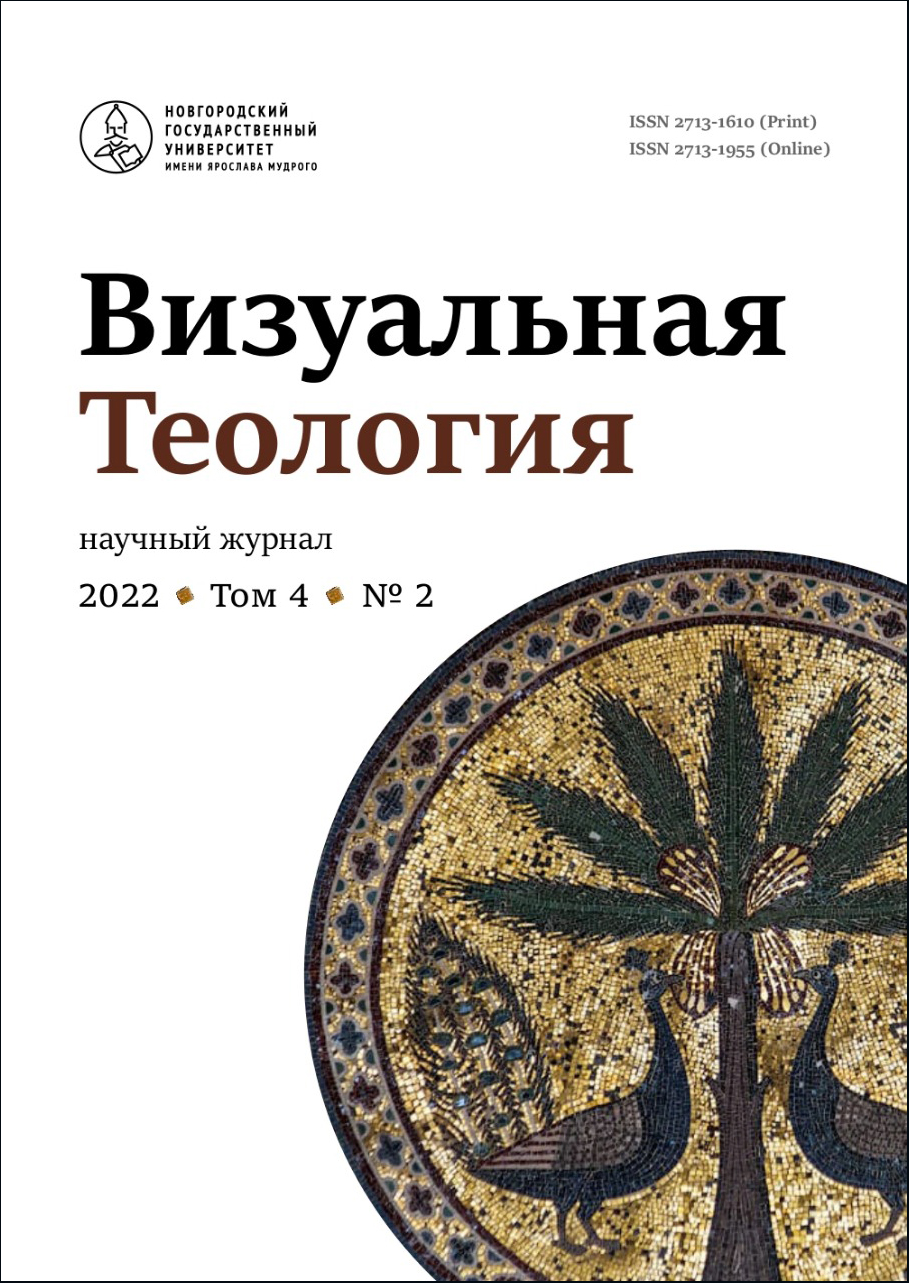The Specificity of the Entrance Zones Murals in the Byzantine Area Churches (11th–14th Centuries)
Abstract
The sacred space of the temple is opposed to the surrounding worldly (profane) area. One of the main tasks of the decoration of the temple entrance areas is to designate the antithesis “sacred / mundane”. This designation is carried out by means of universal themes implemented in various iconographic solutions. There are four such topics: space, time, power and communion with Wisdom. Sometimes several of them are encoded in one composition, sometimes all four are present. To convey the borderline nature of space, medieval artists turned to the subjects, from which context the viewer received a representation of the icon, despite its absence in the image. The decoration of the entrance areas also indicates the time boundary, that is, the boundary between human linear time and the cyclic time of daily and annual worship services. Since the House of God must remain undefiled, many images of an apotropaic (protective) nature are presented in the entrance areas. According to medieval beliefs, such images let those who come with good intentions through and stop the malicious ones. The theme of power is also present in those ktitor compositions, where the customer is shown presenting a model of the temple as a gift to Christ. The fourth task of the entrance areas decoration is to reveal the idea of extra-sensory and irrational knowledge of the Truth. Such images prepare the person entering the temple for the action of Divine Wisdom.



